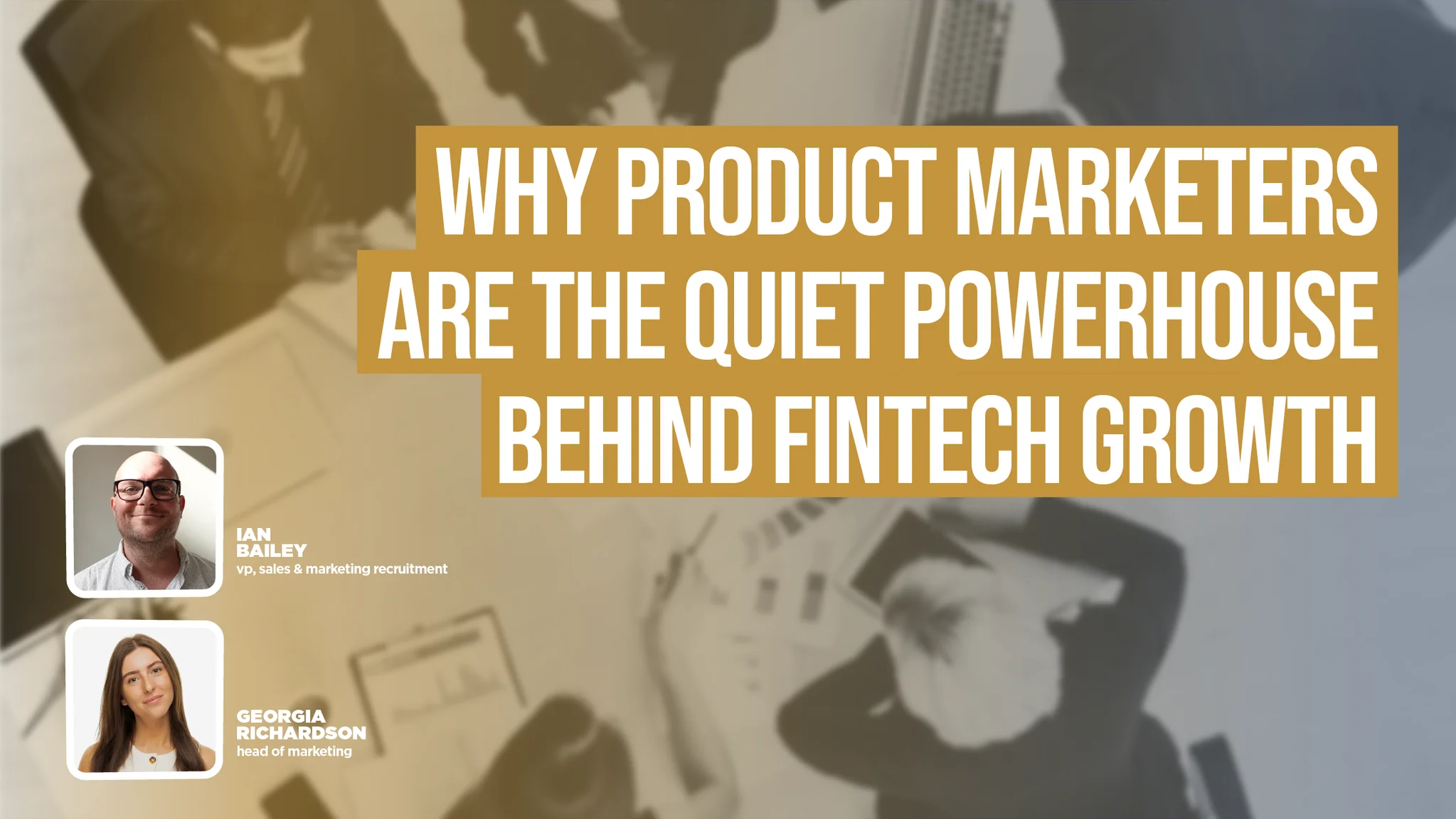Download your free copy of the latest Financial Technologist magazine here.
A recurring challenge for financial institutions and firms operating in an increasingly competitive business environment is how to keep infrastructure and products up to speed with continuous technological advancement. This is particularly challenging in the world of financial trading where speed, reliability and scalability are paramount to maintaining a competitive advantage, and where technology-first non-bank financial institutions and FinTechs are increasingly in direct competition for the same customer business.
Outsourcing is one of the more common ways banks have sought to mitigate the cost and risk of ongoing technology investment, leaving the financial institution to focus on its ‘core competencies’. The rationale here is that outsourcing companies must scale to service the needs of multiple firms, reducing ‘unit’ costs and giving all participating businesses the automatic benefit of service enhancements. While this makes theoretical sense, these benefits have to be balanced against the risk that an outsourcing partner might not deliver on promised performance levels or worse, that they might fail completely. In the context of a trading environment, the repercussions of these could be disastrous.
The exponential growth of the FinTech sector, and proliferation of companies each promising the latest and greatest technology solutions, has presented financial firms with even more potential choices with respect to buying a ready-made product and plugging it in, or funding and resourcing proprietary product/service development. The ‘buy OR build’ conundrum is particularly prevalent with respect to specialist software development.
Beyond this binary choice, however, lies a third, more nuanced approach: 'Buy AND Build’. That is to say, buying a ready-to-use product but with the ability to work with the provider to tailor it to fit within an existing tech stack, or to satisfy a specific business or performance requirement. Unlike full outsourcing and other buy OR build permutations, ‘buy AND build’ is a much more ‘enabling’ approach that also satisfies the psychological phenomenon known as the ‘IKEA Effect’.
The IKEA effect is where a higher perceived value is attributed to things that have been built with the active contribution of their ‘owners’ – rather than simply being delivered and installed in finished form. A comparable example might be the difference between buying an M&S ready- meal – albeit a high quality product – and sticking it in the oven, or sourcing one from HelloFresh where the ‘owner’ receives the right ingredients and recipe for their chosen meal, but is responsible for cooking it. Understandably, inhouse teams will likely be much more engaged when they maintain a degree of hands-on involvement and ownership of technology solutions, rather than simply being handed a third-party product to plug in to the tech stack.
That said, there’s an IKEA Effect sweet spot – the optimum point between having no involvement in something’s development at one end, and having to be too involved in its implementation and maintenance once installed on the other. In the trading software development world, striking this delicate balance is pivotal and frames the essential principles of what we refer to as ‘enabling technology’.
This includes going beyond the delivery of third-party solutions to informing the software development process with knowledge transfer and satisfying the human propensity for ownership and involvement. An example of this would be to create a software framework. With this, there is no need to build everything from scratch every time, but instead the ability to bring in specialist technology or code to augment existing technology, or to satisfy a specific need.
With respect to trading software, we find increasingly that financial institutions, rather than ‘reinventing the wheel’, seek instead to leverage such frameworks in partnership with companies who have tried and trusted expertise. Through these relationships and partnerships – and we enjoy them today with 8 out of the top 11 of the world’s investment banks – it is possible to prioritise ownership, customisation and most important, knowledge transfer, while at the same time embedding our enabling technology within proprietary solutions.
This is a much more strategic and nimble approach to trading software development that bridges the gap between buy vs. build. The result? Reduced time to market and resource costs, and putting organisations in the best possible position to respond dynamically to changing market demands and conditions. By working with specialist practitioners with decades of experience in the finance sector, financial firms of all sizes can reap the benefit of insight into intricate trading performance challenges.
We see it more as a journey of continuous learning and knowledge transfer to convert customers’ technology challenges into successful outcomes. Specifically, through educating and ‘upskilling’ inhouse software development teams, we empower our customers with best practices to build better trading systems themselves. With a focus on business-driven development, and understanding the necessary trade-off between efficiency and maintainability, we measure success both in absolute terms, and by the elimination of the need for hands-on support within three months of going into production.






